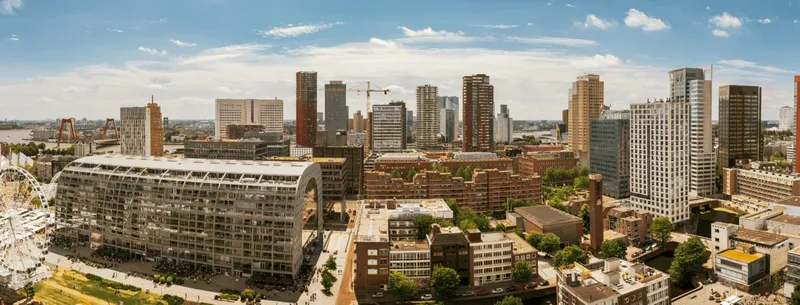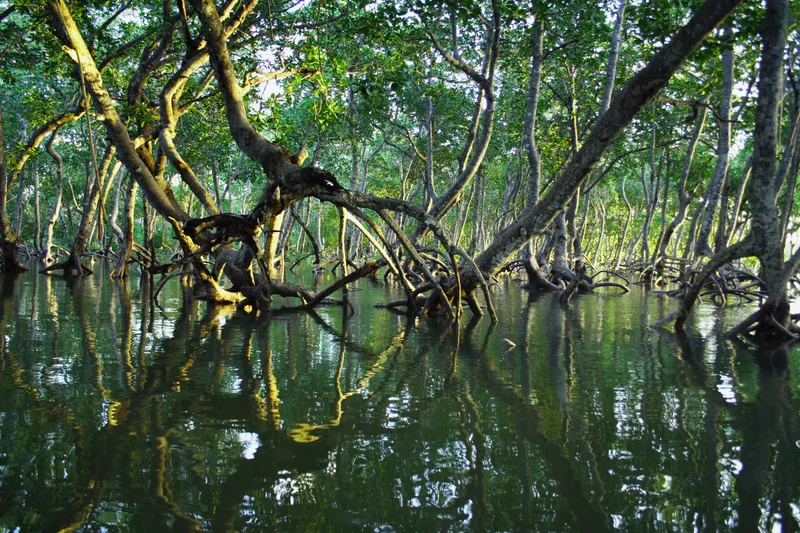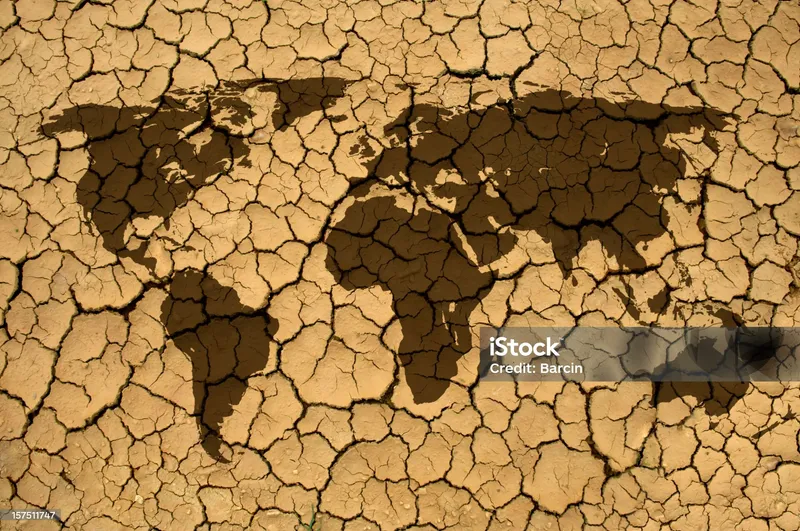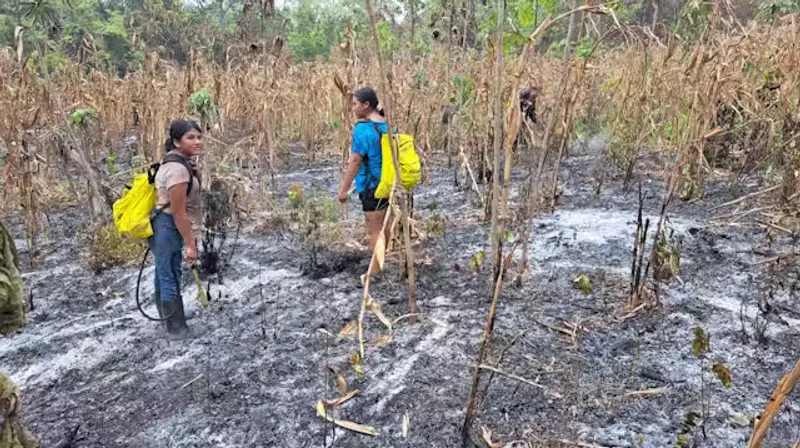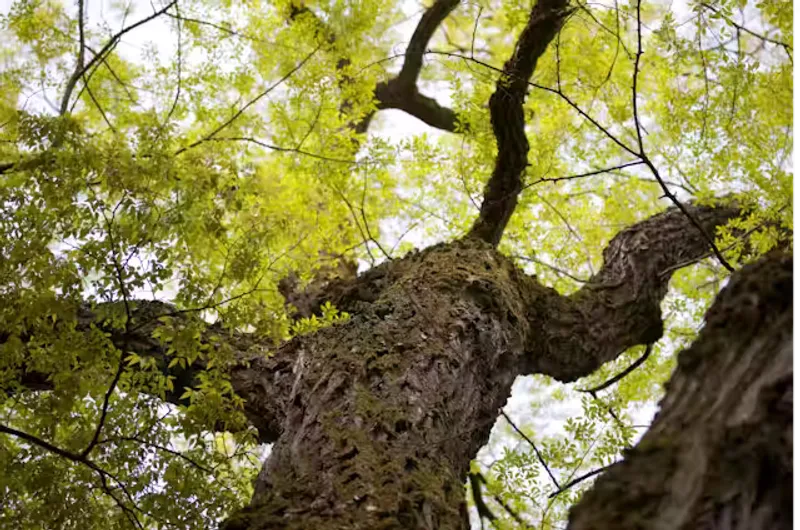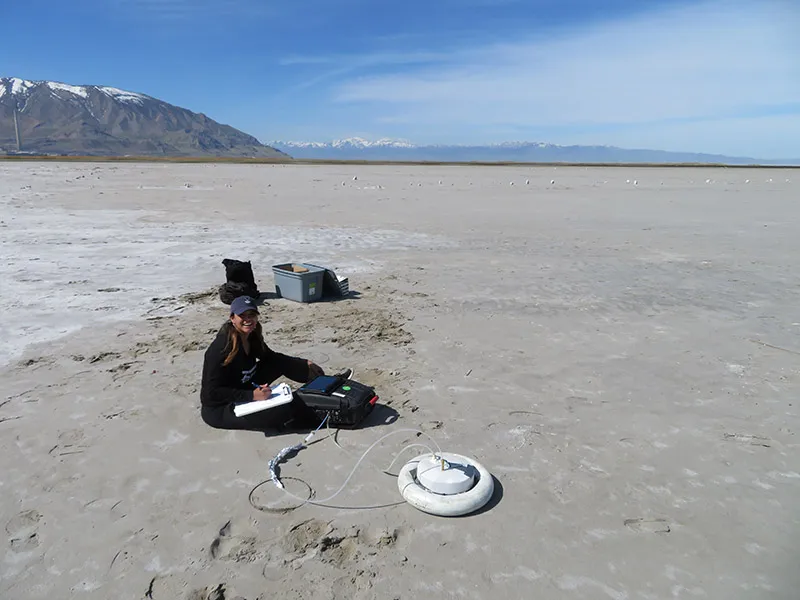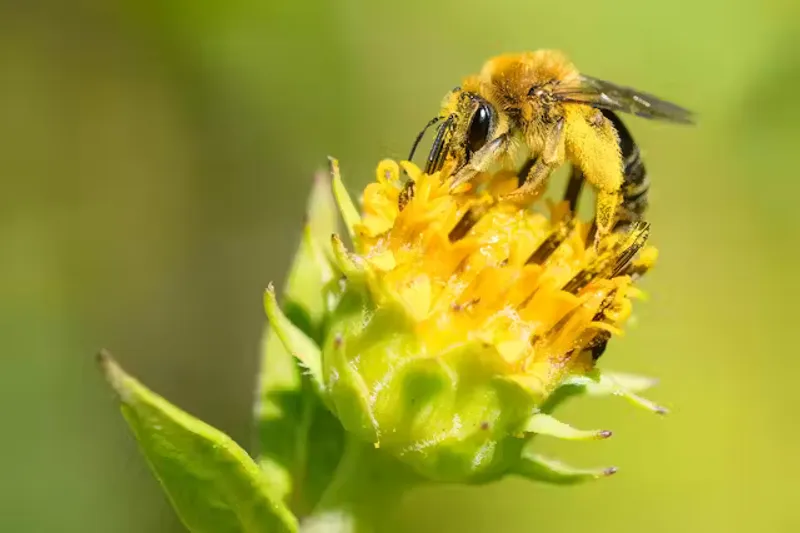James Schaefer, Trent University
Embrace change, they say, or become a casualty. This adage weighed heavily on my mind during my latest research trip to the Arctic. Repeatedly, I found myself clutching the .303 calibre rifle over my shoulder — a piece of equipment I once considered unnecessary.
As my research assistants and I crossed the tundra of Victoria Island in northern Canada, firearms were only the most obvious addition to our gear. Each of us carried a whistle around our neck, a canister of bear spray on our hip, and new alertness in our routine. Back at our camp near Wellington Bay, Nunavut, an electric fence surrounded our tents. Grizzly bears were new inhabitants on this island. Safety called for different provisions and a different mindset.
After three decades, I had returned north with a purpose: to assess how tundra plants were responding in a rapidly changing climate. For my assistants and me, the plan was straightforward. We would return to the exact sites I had studied some 30 years earlier, to evaluate how they had changed during those intervening years.
By the end, I learned a more fundamental point: that perseverance, and long-term planning, are the key to enabling scientific progress and unlocking ecological secrets.
Alarming pace of change
In the Arctic, the pace of environmental change is especially troubling. Species like grizzlies and orcas are advancing northward, weather is more volatile and sea ice is shrinking — driven by temperatures rising nearly four times more quickly than the global average.
The Arctic is the earth’s air conditioner. Disruptions at the top of the world could reverberate elsewhere.
While the significance of the Arctic is planetary, an encounter with the land is intensely personal.
North of the treeline, in the expanse of arctic tundra, you take in the whole horizon. In summer, you hear the distant bugling of cranes and geese as you walk boundlessly in the midnight sun.
In winter, you may come upon a band of caribou as you travel atop the wind-sculpted snow. Once you’ve stood north of the treeline, your worldview is transformed.
I am one of those transformed individuals. As a graduate student in the 1990s, I resided at Ekalluktok — a special place on the south coast of Victoria Island where the migrations of char and caribou intersect, where Inuit have lived for thousands of years. Here I studied the abundance and variety of tundra plants.
Today, the Arctic has already blown past 2 C of warming. Understanding the effects of climate change on this island could provide insights into the dynamics of change across the entire Arctic region.
Plants, foundation of the food chain, are a top research priority. Shifts in the flora are likely to be consequential to herbivores such as muskoxen and caribou — and therefore to people.
Measuring change
Nature reveals her swings and proclivities with reluctance. To prise open those mysteries, I added a key ingredient: time. On this return trip, I intended to walk back decades to uncover the response of plants in an altered climate by using precisely the same methods at precisely the same locations as I had in the 1990s.
For deciphering ecological change, it’s a potent recipe: measure, add decades, repeat.
Measuring the vegetation, I knew, would be straightforward. In the wry words of the pioneering British botanist, John Harper, “plants stand still and wait to be counted.”
Our more immediate challenge was finding those same locations. Three decades earlier, in the days before GPS, I had marked each location with a metal stake. Now, I trusted that stakes, too, “stand still and wait to be revisited.”
For weeks, my assistants and I scoured the land for those stakes, guided by maps, memory and a metal detector. And our search — sometimes easy and direct, sometimes meandering and desperate — yielded 98 per cent of them.
At each stake, we bent low, occasionally on hands and knees, to tally the abundance of sedges, shrubs, lichens and diminutive wildflowers. It was a repeat performance from my original study almost three decades earlier.
Those repeat observations revealed long-term shifts in vegetation, some unexpected.
Grasses and sedges increased substantially, an example of arctic greening, regarded as one of the world’s clearest illustrations of climate change effects. Some species — notably purple saxifrage, the official flower of Nunavut — declined dramatically, contributing to arctic browning.
Many other plants showed no apparent change, suggesting climatic resilience, at least over decades. But across the Arctic, the picture of vegetation change remains incomplete, complicated by variations among species and regions. Sustained science will be needed to unravel this ecological complexity.
Funding the long-term
That broader message, unforeseen to me at the outset, is now clear.
Without precisely paired observations, the vegetation shifts at Ekalluktok would have been indistinct. Elegant in their simplicity, repeat observations offer a double vantage point: an instant retrospective for decoding the past and a foundation for monitoring the future.
But long-term studies are still uncommon. They demand sustained investment, at odds with conventional, short-term cycles of scientific training and funding.
Managing change starts with awareness. And in a changing world, sustained science will be essential to interpret, mitigate and steer us along a favourable path. Conservation is not a sprint, but a determined trek toward better understanding and a better future.![]()
James Schaefer, Professor of Biology, Trent University
This article is republished from The Conversation under a Creative Commons license. Read the original article.
